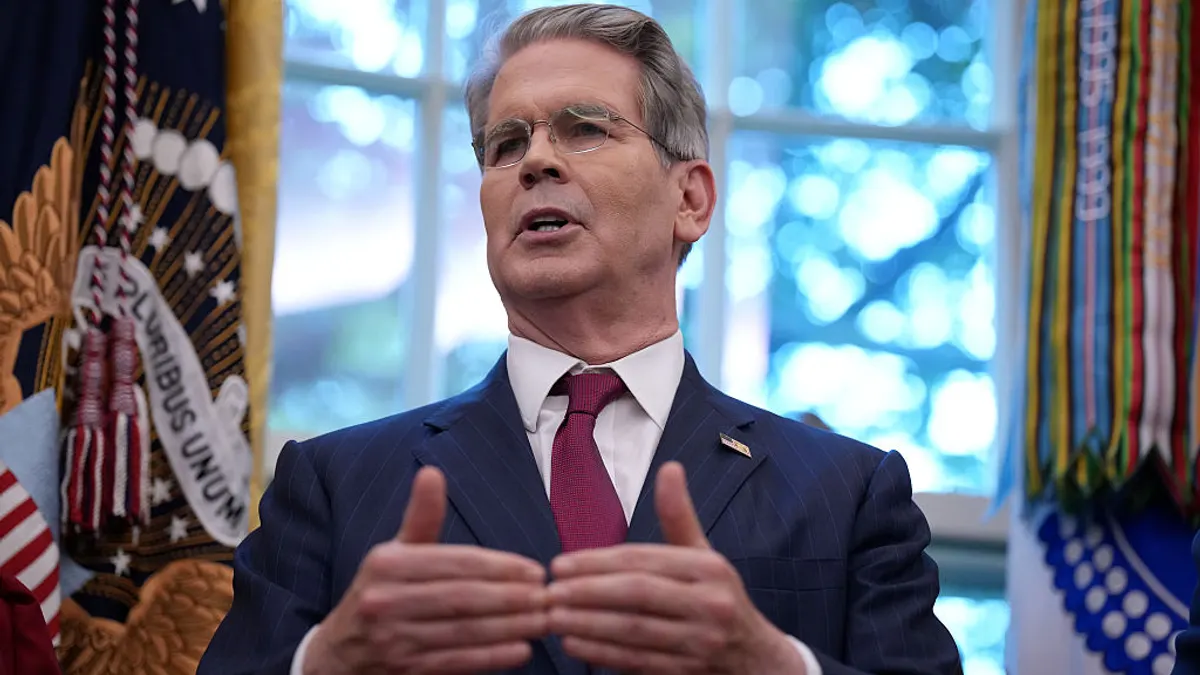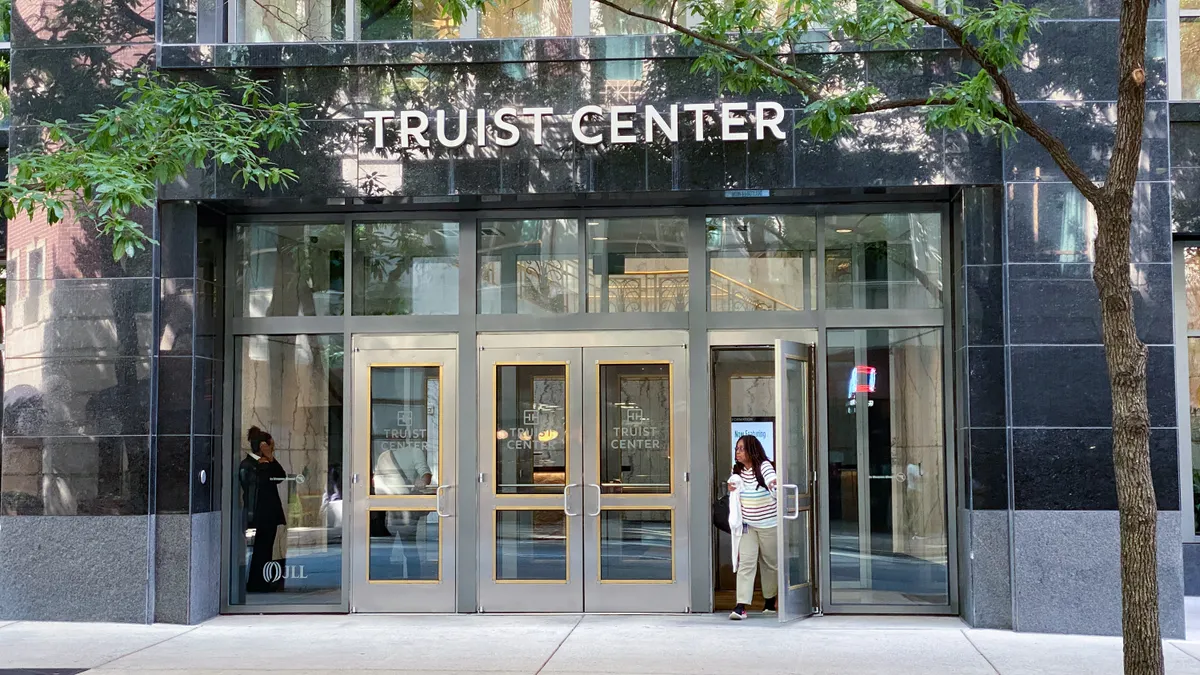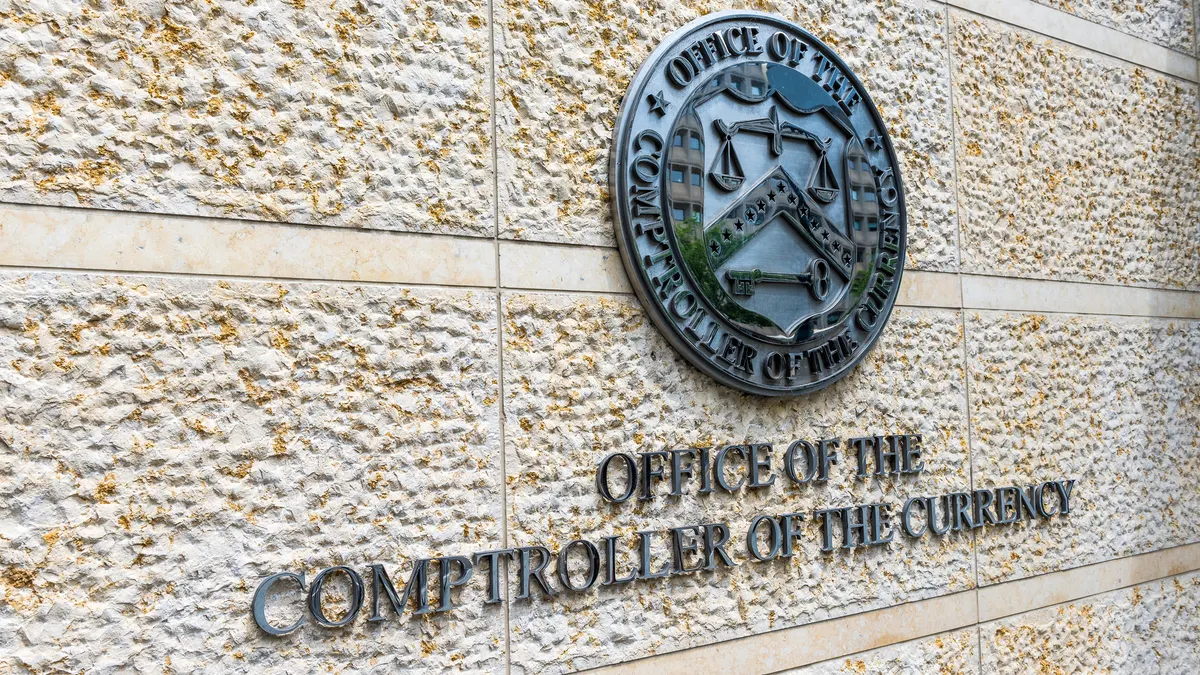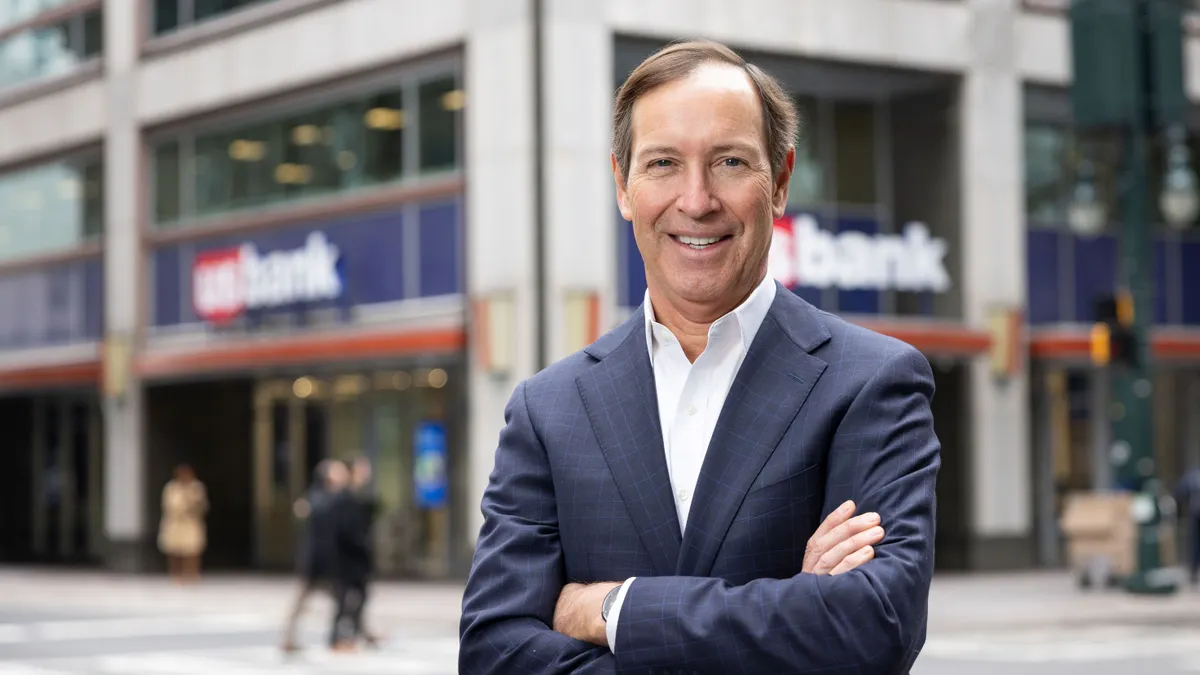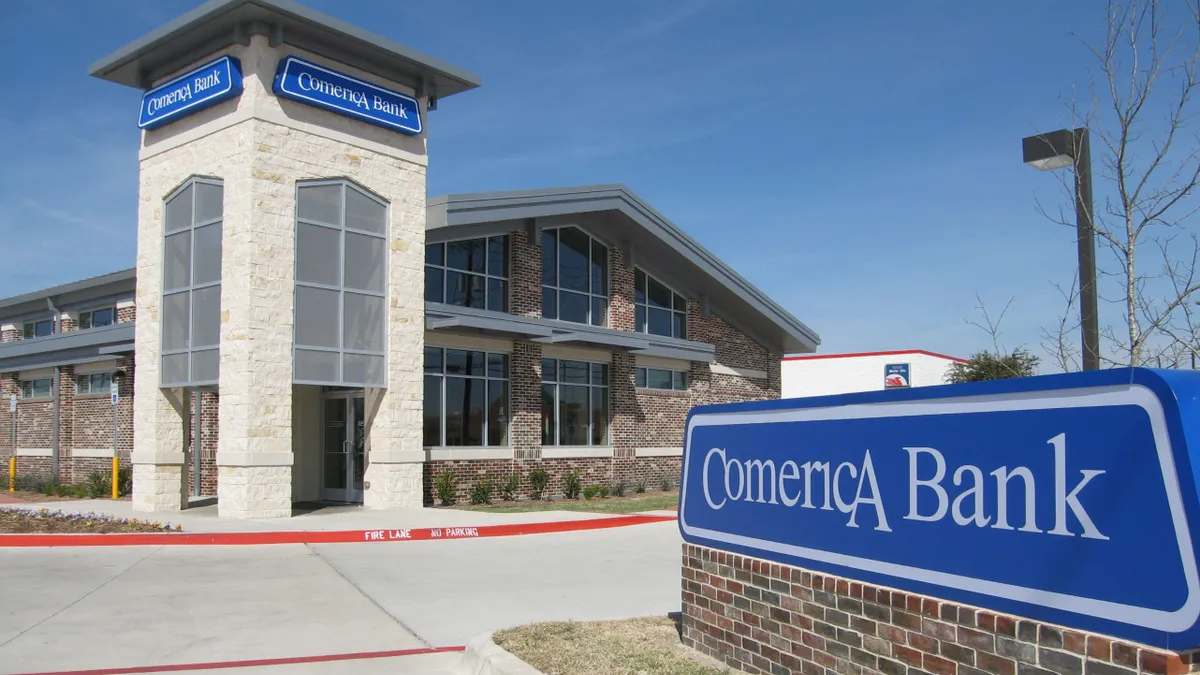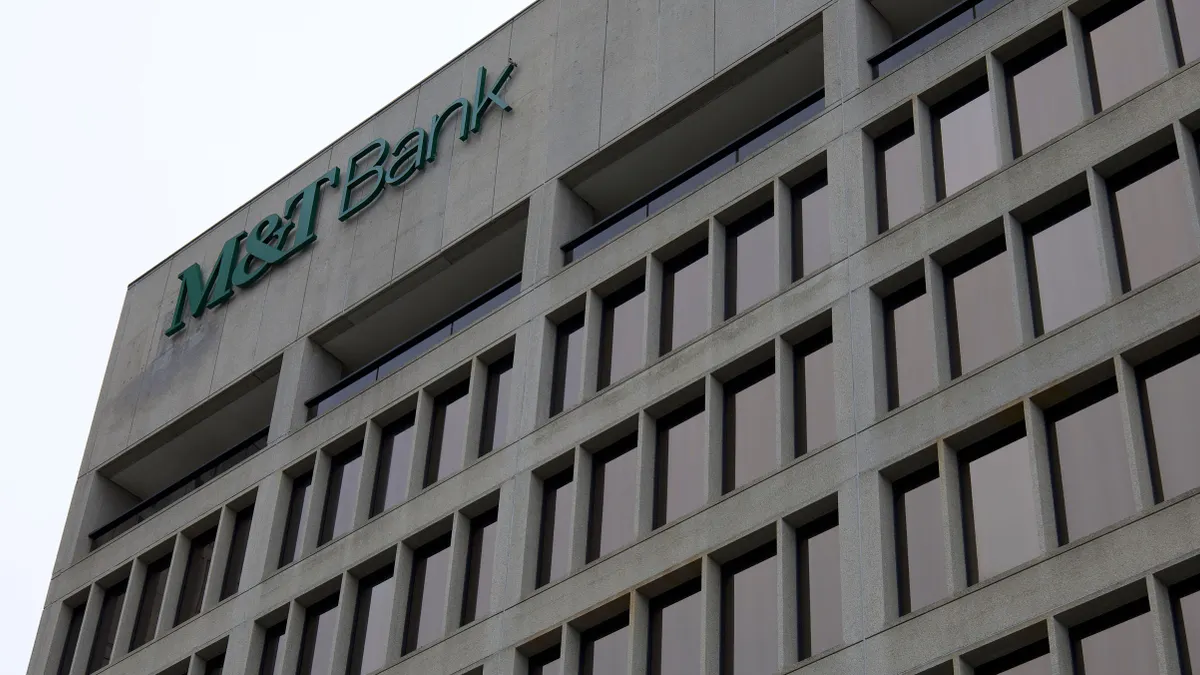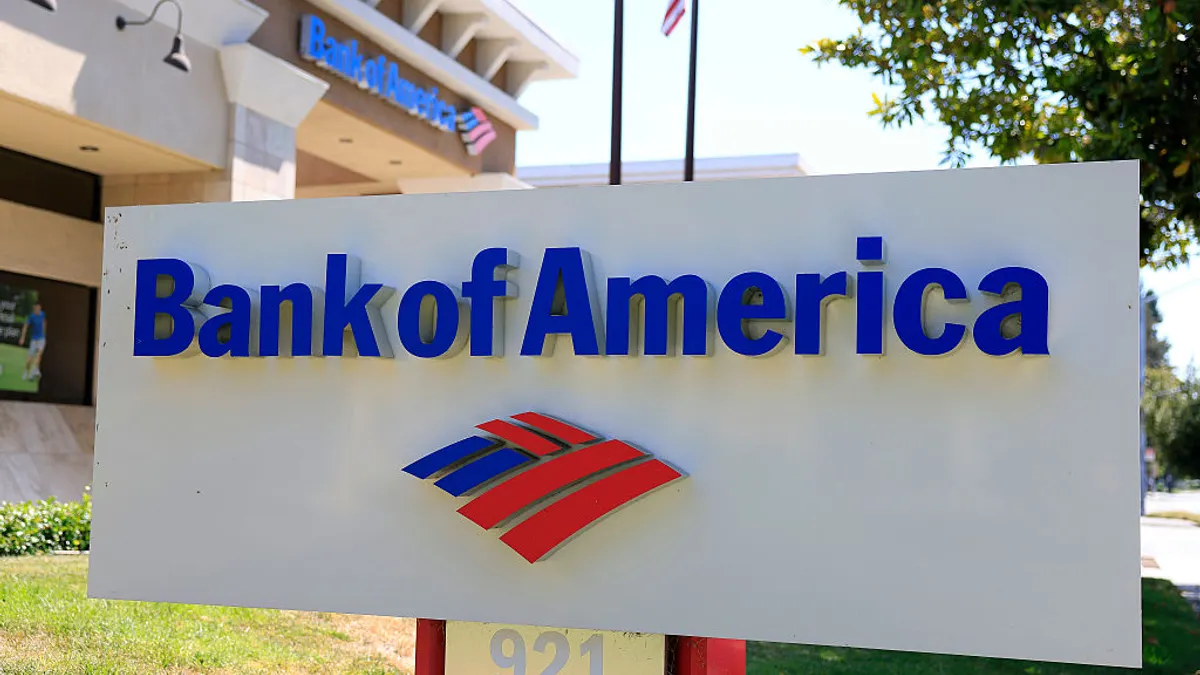As community banks look ahead, those that make it through the next decade will have embraced technology and financial modernization, and “brought along a whole new generation of young people into the financial world,” Treasury Secretary Scott Bessent said Thursday.
“I don’t know if the branch model is as big as it was,” Bessent told Michelle Bowman, the Fed’s vice chair for supervision, during a fireside chat at the Federal Reserve’s community bank conference Thursday. “We’ll see with that. But I think it’s all going to center around technology.”
Bessent also included a call to action. As Trump regulators pursue reforms intended to create a more even playing field, “what happens next is up to you, so my advice: Go on the offense, retake market share, chase after customers, champion technology, leverage the new regulatory landscape to your advantage, and expand your role in the American economy,” Bessent told the 100 community bank CEOs in attendance.
The daylong central bank event was scheduled to feature speakers and panels including community bank CEOs, as well as Blackstone CEO and co-founder Stephen Schwarzman and Robinhood CEO and co-founder Vlad Tenev.
Bessent echoed some of what he said at an American Bankers Association summit in April, when he noted Treasury intended to play a greater role in financial regulation. Regulation has “gradually suffocated” banks in small towns across the country, Bessent said, swiping at Biden-era regulators and their proposals.
Since 2010, the U.S. has lost 3,600 community banks, a 45% drop, Bessent said. Community lenders’ share of bank assets has dipped from 23% to 15%; their share of outstanding bank loans has fallen from 27% to 20%; and their share of outstanding bank community real estate loans has declined from 52% to 41%.
Additionally, de novo chartering has “dropped precipitously,” with roughly six new banks arising each year since 2010, on average, Bessent noted.
“I’d like to see us getting back to de novo banks again,” Bessent told Bowman. “When you see creation of something, it’s a sign that the ecosystem’s healthy.”
The Dodd-Frank Act may have been designed to serve a system where some banks had become too big to fail, but it ended up creating “too small to succeed,” Bessent argued, and new regulations “entrenched the dominance of the largest banks by rewarding economies of scale and necessitating effective lobbying operations here in Washington.”
“For community banks to go back to the offensive, we need to take a closer look at the dynamics that have undermined the community bank model and work to fix them,” Bessent said.
Since January, Trump-appointed bank regulators have sought to quickly pursue reforms. The Office of the Comptroller of the Currency, for example, has reduced assessments on small banks and instituted a risk-based approach to community bank exam schedules. The Federal Deposit Insurance Corp., meanwhile, has proposed raising asset thresholds, streamlining exam procedures and branch applications, and begun work to establish a supervisory appeals body, Bessent said.
At the Fed, Bowman has advocated revisiting the community bank leverage ratio, and Bessent said he expects to soon see a proposed reduction to that ratio.
Additionally, the Financial Crimes Enforcement Network on Thursday released frequently asked questions, issued jointly with the federal banking agencies, to “address pain points” related to suspicious activity report requirements mandated by the Bank Secrecy Act. The guidance is designed to “ease regulatory burdens without undermining law enforcement efforts,” Bessent said.
“As part of our broader campaign to modernize illicit finance regulation, FinCEN and the bank regulators are hard at work on a new rule to define the requirements for an effective [anti-money laundering/countering the financing of terrorism] program,” Bessent said. “My expectation is that a proposal will recenter supervision where it should be: on the effectiveness of a bank's AML/CFT program. I likewise expect that that proposal will position FinCEN in as a gatekeeper for AML/CFT enforcement.”
Bessent said “this will be a significant departure from the past,” adding that “a focus on higher value activities will also better serve our law enforcement and national security objectives.”
The Treasury Department aims to continue pushing for reforms around regulatory tailoring, supervisory culture and illicit finance regulation, he said.
That includes rating system reforms, new processes for monitoring examiners’ compliance with supervisory policy, mechanisms for independent appeals and supervisory criticism, coordination to avoid duplicative examination by different regulators, and a review of banks’ core platform providers, “including contract terms that prevent community banks from innovating for the future,” Bessent said.
Capital requirements reform remains a top area of focus, since too much lending is happening outside the regulated system with nonbanks, Bessent said. This will likely mean reducing capital requirements for large banks, “and we must therefore ensure parity by giving smaller banks at least the option to benefit from these reduced requirements,” he said.
During the fireside chat with Bowman, Bessent also addressed technology and innovation, asserting that the Trump administration seeks to create a “sandbox, where there's a lot of experimentation, where there are a lot more offerings, and for community banks not to be locked in – that they have to use one of three dominant service providers,” with the idea being that a wider range of suppliers will push down prices.
Separately, Bowman noted some regional banks feel “frozen” at a certain level so as not to cross the $100 billion asset threshold. Some community banks similarly hold just under $10 billion, because different regulations and statutes kick in with certain thresholds, she said.
Bessent noted “there’s probably a big catch-up to do” on asset thresholds, given economic growth and the administration’s desire to return lending to the regulated system. “I think that it will be natural to raise many of these thresholds,” he said.
“We want to make sure that you’re able to grow without setting off the regulatory tripwire,” Bessent said.
Bessent also sought to link the Trump administration’s push to restore U.S. manufacturing with opportunity for small, local banks.
“We're talking about bringing back the semiconductor industry. They need 500 companies around them to do that. When we see this precision manufacturing, when you see a multinational company set up, they are going to need a big ecosystem,” he said. “JPMorgan is not interested in the ecosystem, and I think everybody in this room should be.”


